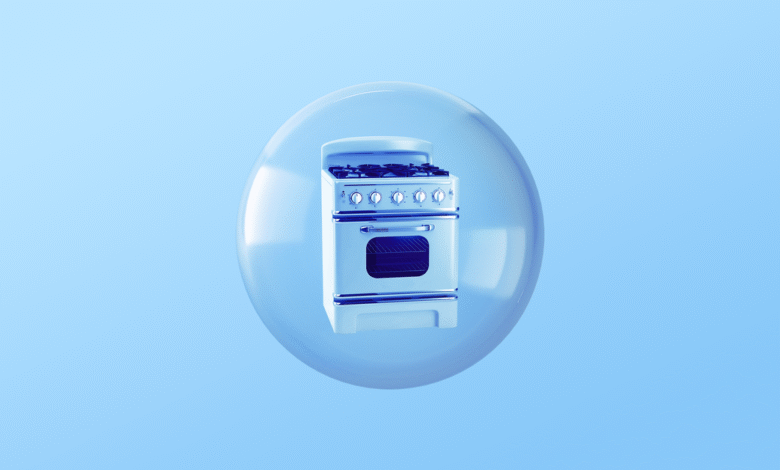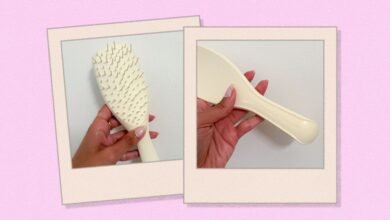Why Your Appliances Aren’t Lasting as Long Anymore!

The Death of Durable Appliances: A Review of the Wirecutter Show
The modern landscape of household appliances is rapidly shifting, with many consumers becoming increasingly frustrated with the quality and longevity of their purchases. In the latest episode of the Wirecutter Show, this trend is critically explored, shedding light on the reasons for the decline in durable appliances and what it means for consumers. Let’s dive in and unpack the details from the episode.
Why Are Appliances Deteriorating?
In this episode, the hosts engage in a thoughtful discussion about the declining lifespan of appliances. Traditionally, consumers expected their refrigerators, washing machines, and other major appliances to last several years, often decades. However, this expectation is becoming harder to achieve.
The Shift in Manufacturing Practices
One of the main reasons behind the decline in durability is changes in manufacturing practices. Many companies are now focused on cost-cutting, often opting for cheaper materials that do not stand the test of time. As a result, appliances are built for shorter life spans—pragmatically designed to need replacement sooner rather than later.
The Role of Consumer Expectations
Consumer expectations play a significant role in these developments. The incessant push for modern features, smart technology, and sleek designs can lead manufacturers to sideline durability. In pursuit of appealing products with advanced functions, companies frequently overlook the importance of longevity.
What Can Consumers Do?
So, what does this mean for consumers who are trying to make informed choices when purchasing appliances? The Wirecutter Show offers several suggestions to help navigate this challenging landscape. Here’s a summary of their key recommendations:
- Research Brands: Always do your homework on brands known for durability. Some manufacturers still prioritize quality over cost-cutting.
- Read Reviews: Before making any purchase, check user reviews and expert comparisons to gauge the reliability of the products you are considering.
- Invest in Warranty: Consider extended warranties or protection plans as a safeguard against premature failures.
The Environmental Impact
The discussion also touched on the environmental implications of disposable appliances. The throwaway culture fosters a wasteful cycle, resulting in more electronic waste and increasing landfill concerns. By promoting more durable products, we could significantly reduce our impact on the environment.
Encouraging Sustainable Practices
Consumers should encourage manufacturers to adopt sustainable practices that prioritize longevity and recyclability. Opting for energy-efficient models can also help lower the ecological footprint of appliances.
Pros and Cons of Current Appliances
| Pros | Cons |
|---|---|
| Advanced features and technology | Shorter lifespan |
| Energy efficiency | Higher repair costs due to complex designs |
| Convenience and ease of use | Inferior quality materials |
| Modern aesthetics | Environmental impact of disposability |
Understanding Product Specifications
When investing in an appliance, it’s important to consider the specifications. Here’s a table summarizing the common specifications and features that can typically be found in modern appliances.
| Specification | Typical Range/Value |
|---|---|
| Energy Efficiency Rating | A to G (A being best) |
| Warranty Period | 1 to 10 years |
| Monthly Energy Consumption | 200-1000 kWh |
| Noise level | 40-60 dB (depending on type) |
| Average Cost | $300 to $2000+ |
Final Thoughts
The episode of the Wirecutter Show reveals critical conversations surrounding the current state of consumer appliances. The insights presented underline not just the economic but also the environmental consequences of increasingly disposable products. As consumers, being informed about the implications of our purchases and advocating for better manufacturing practices can promote a shift towards more durable and sustainable appliances.
In conclusion, while modern appliances come equipped with appealing features and styles, it’s essential to look beyond aesthetics and consider durability when making your purchasing decisions. Both your wallet and the planet will thank you for it.





